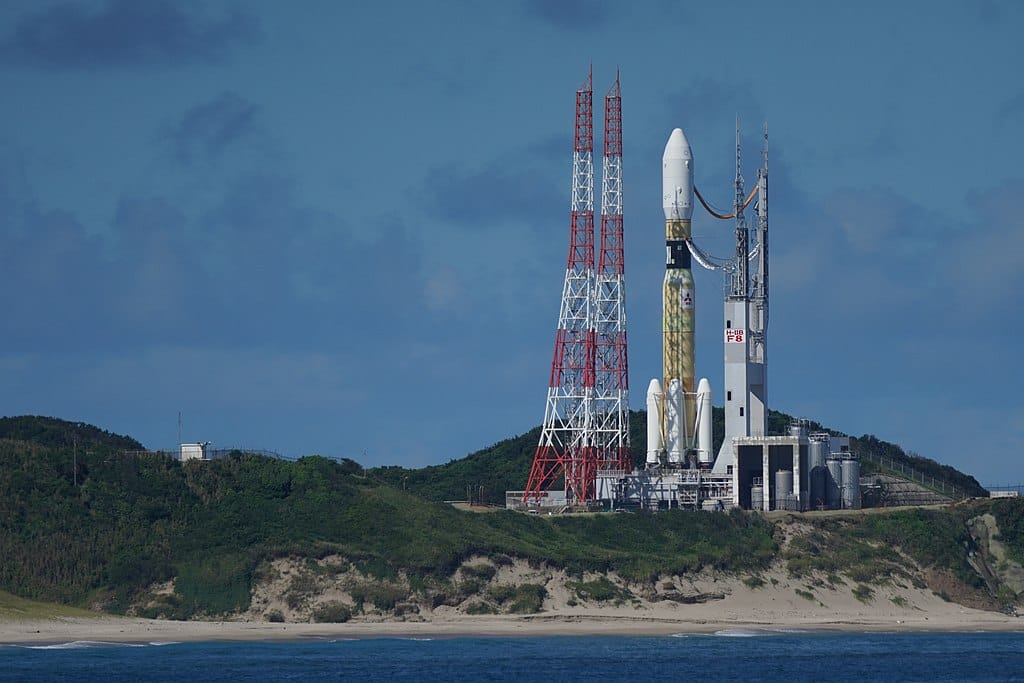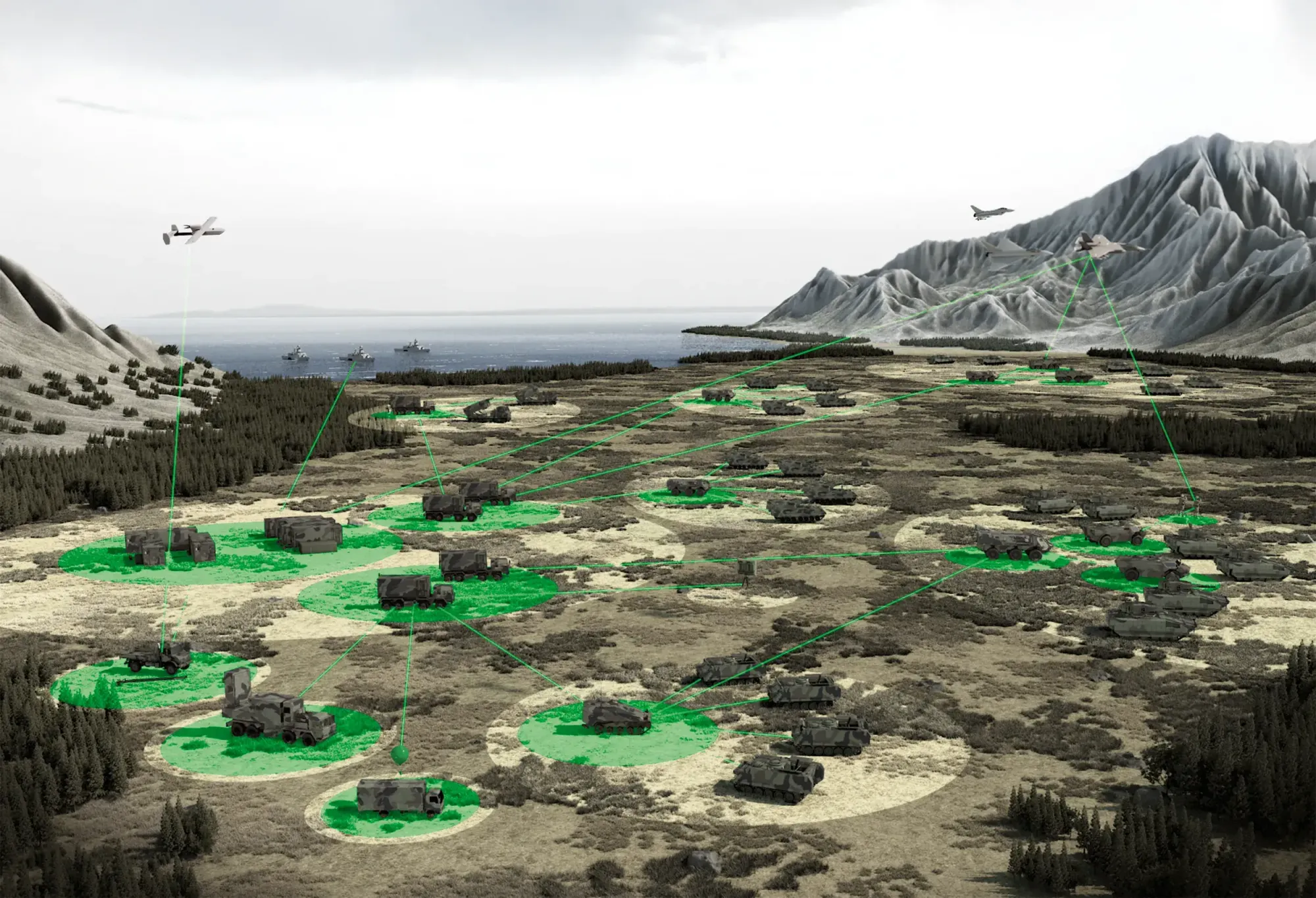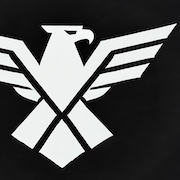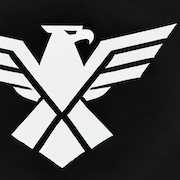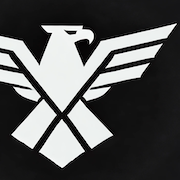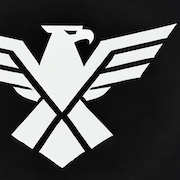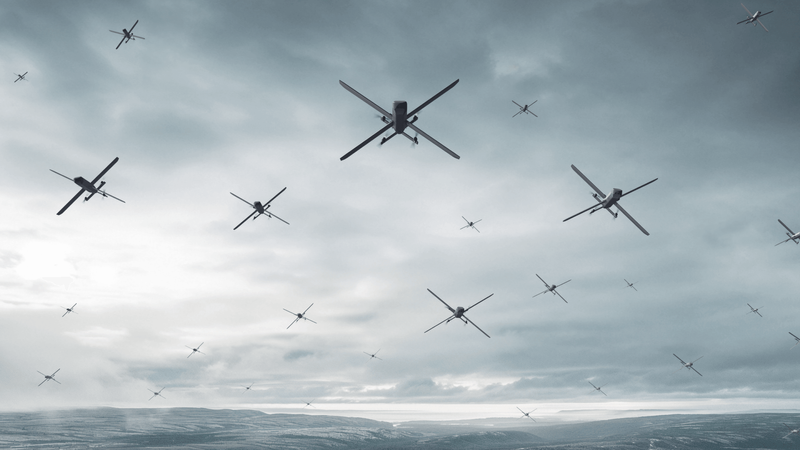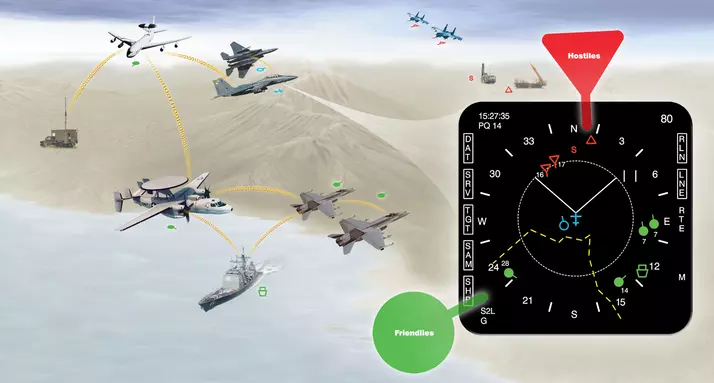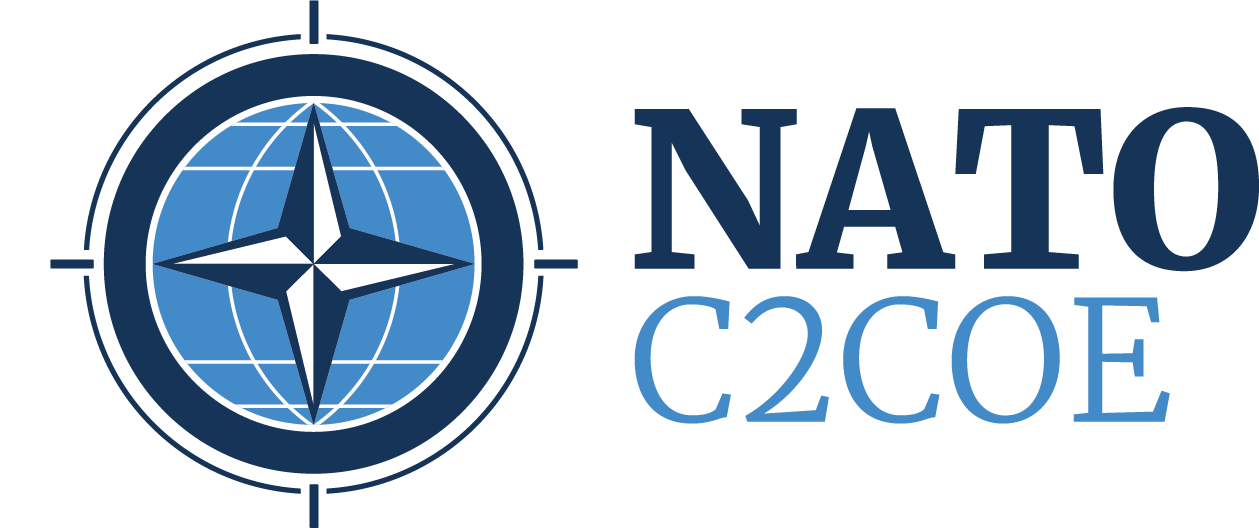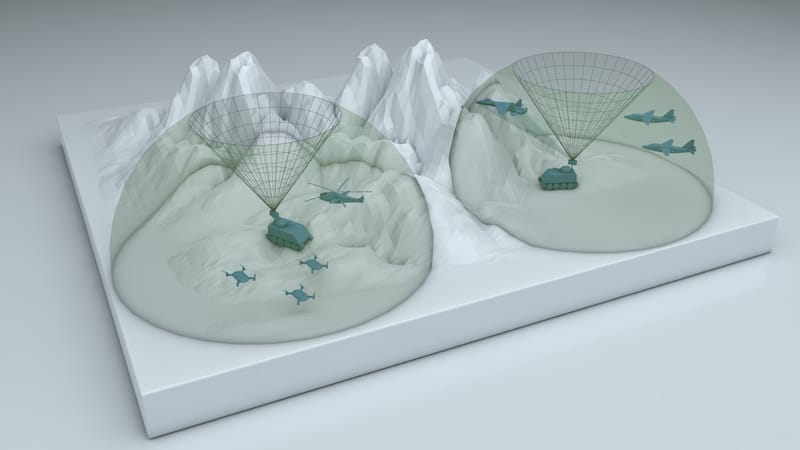Czech Military Scales Up TARANIS ADLER System in C2 Modernization Effort
Czech Republic expands TARANIS® ADLER contract with HENSOLDT, enhancing fire control and command integration across combat platforms. A step aligned with NATO’s push for interoperable, digital C2 systems on its eastern flank.

Taufkirchen/Prague, 31 March 2025 — The Czech Republic has signed an extended contract with German defense technology group HENSOLDT for the continued deployment of the TARANIS® ADLER C4 and fire support system, a move that reflects a broader regional trend toward digitally integrated command and control (C2) networks within NATO’s eastern flank. This marks a notable continuation of Prague’s effort to modernize artillery forces and interconnect combat vehicle platforms through scalable, real-time battlefield management systems.
Under the terms of the extension, HENSOLDT will now equip a broader range of Czech Armed Forces’ combat vehicles and radar assets with an enhanced configuration of TARANIS® ADLER AFCS CZE (Automated Fire Control System). The upgrade includes full sensor integration across platforms and direct connectivity with BVIS, the Czech national command and control architecture. The package also incorporates a unified map server interface, enabling real-time geospatial awareness between TARANIS ADLER and existing national systems.
This capability consolidation responds to the increasingly network-centric demands of modern European defense postures, where interoperability between multinational systems—both technologically and doctrinally—is critical. Notably, the system is ASCA-compliant, aligning Czech C2 architecture with NATO-standard digital artillery fire coordination.
TARANIS ADLER is a C4 & Fire Support System (C4FS) that connects all assets on the battlefield. Credits: Hendsoldt
Interoperability as Operational Imperative
The TARANIS ADLER system forms part of a wider European effort to harmonize fire support and command systems across national borders, as outlined in NATO’s Artillery Systems Cooperation Activities (ASCA). With threats becoming more multidomain and rapid-response oriented, the need for sensor-to-shooter loops that are compressed, automated, and cross-platform has moved from theoretical doctrine to procurement reality.
HENSOLDT’s delivery goes beyond software; the company is also responsible for training artillery personnel, strengthening doctrinal and technical cohesion over the long term. With Czech artillery units receiving system training at multiple levels—from vehicle integration to command node operations—this initiative bridges capability enhancement with force readiness.
This pattern mirrors Germany’s ongoing digital transformation of its C2 backbone under the €2 billion KNDS-Rheinmetall initiative, as recently covered in our piece "KNDS and Rheinmetall to Digitize German Command and Control (C2) Systems", where similar digital and doctrinal shifts are taking root.
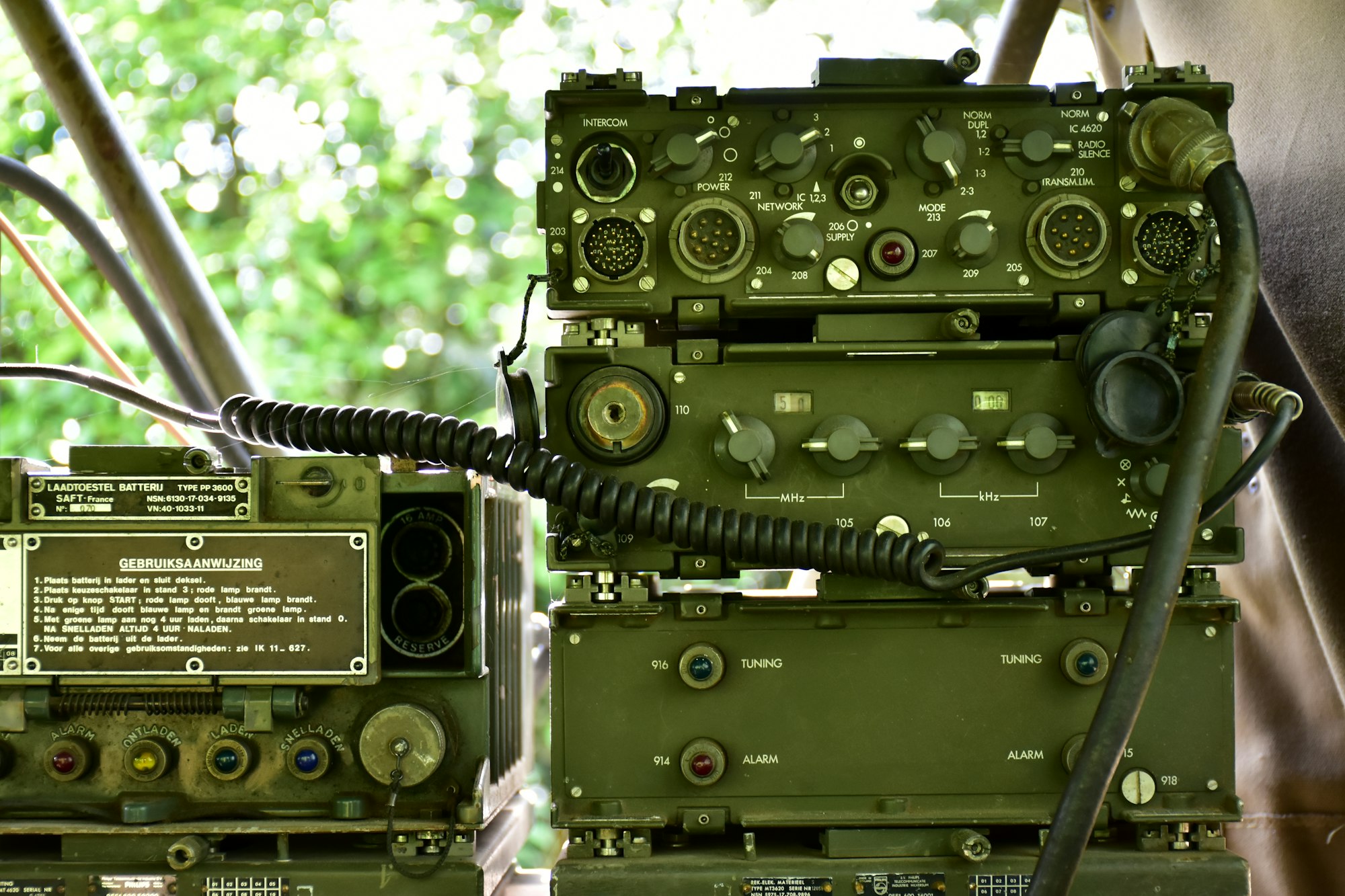
Industry-Nation Symbiosis: Czech VTÚ and ESG as Operational Bridges
At the institutional level, HENSOLDT is operating on behalf of VTÚ (Vojenský technický ústav, s.p.), the Czech Republic’s state-owned Military Technical Institute, with ESG acting as the prime contractor. This tripartite model of industry-government collaboration follows a pattern seen across NATO-aligned states, especially in Central Europe where national defense industries are increasingly embedded into procurement and modernization cycles.
Similar structural integration can be observed in Hungary's as well as Poland’s military overhaul via ZRINYI 2026 and Tarcza Wschód, respectively - which for the latter we explored in "Poland and Slovakia Strengthen Defense Ties with Joint Armament Projects".
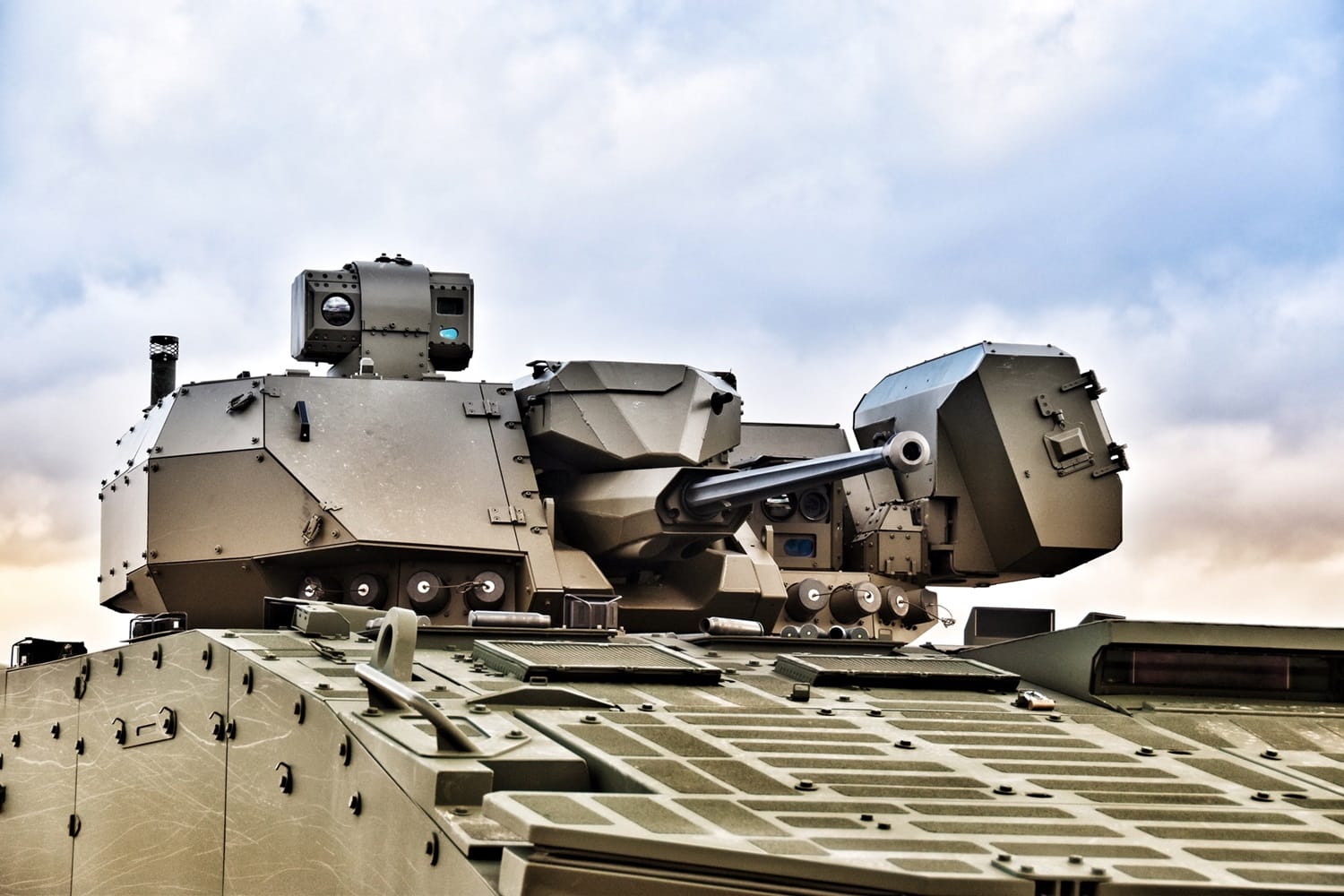
Implications for Eastern NATO Force Architecture
With Czech investments now aligning with wider interoperability frameworks and digitized battlefield logic, the expansion of TARANIS ADLER's role supports NATO's Integrated Air and Missile Defence (IAMD) and Federated Mission Networking (FMN) doctrines. These systems are built not only for national resilience but also for real-time integration into joint operations—a requirement underscored during the "Blauer Greif 2025" exercise, covered in detail here: "German Army and Air Force Collaborate in Blauer Greif 2025 Exercise".
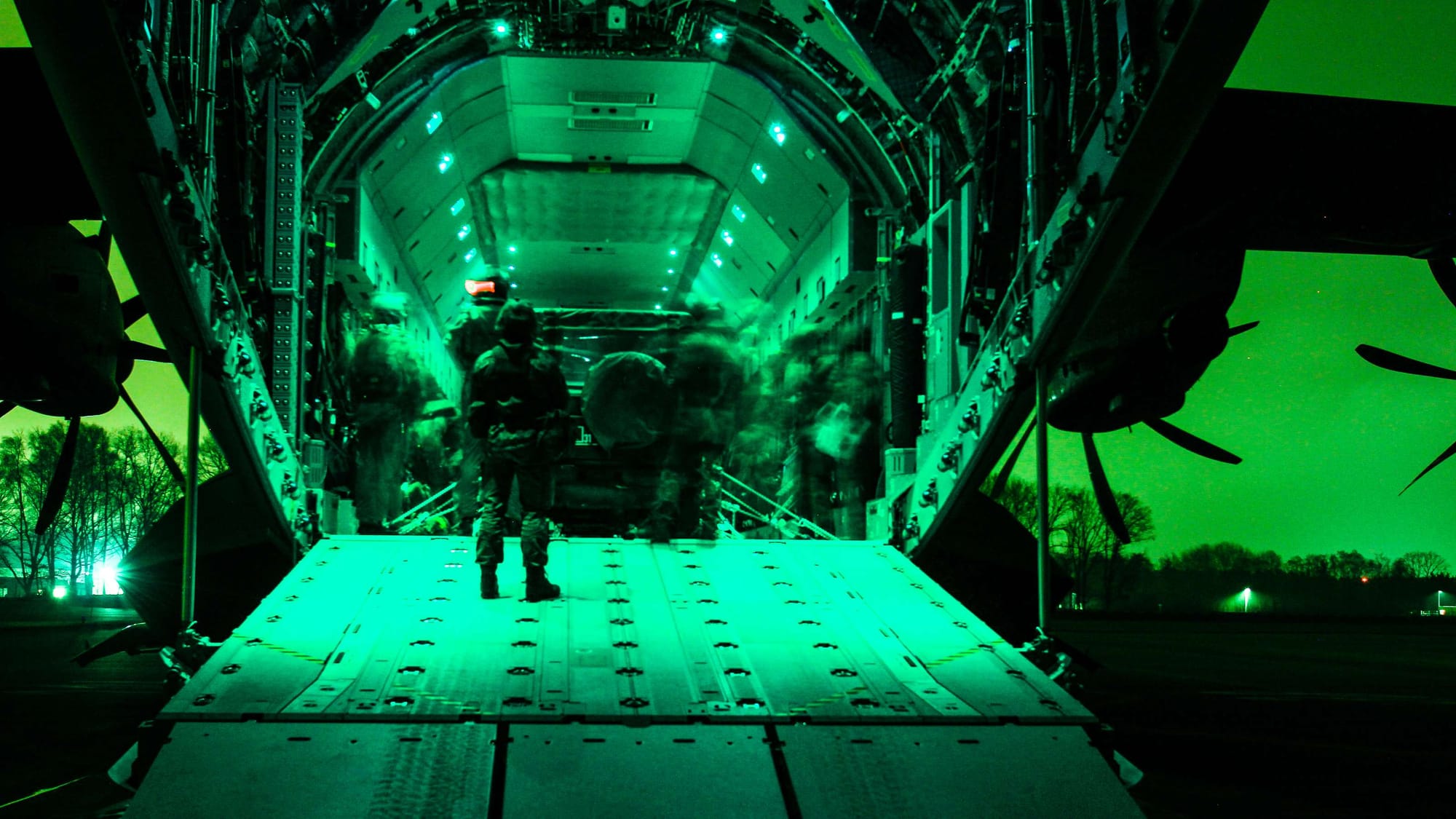

Großwald Curated: Technical Summary of the TARANIS® ADLER AFCS
Core Features:
- Integrated battle management
- Multinational fire support via ASCA
- Blue force tracking
- Multichannel communication (HF/VHF/UHF, TacSat, LTE)
- Real-time ballistic computation and fire coordination
- Digitally aided close air support (DACAS)
Operational Benefits:
- Seamless integration of disparate legacy and new systems
- Reduced human error and decision latency
- Enhanced situational awareness via common operational picture (COP)
- Compatible with low-bandwidth environments
Related Reading on Grosswald
- Cognitive Command: AI-Enhanced Decision-Making in Multinational Battle Networks
Similar dynamics in integrating automated systems and cognitive processing are explored in this report on AI-enabled C2 logic. - Germany’s Accelerated Military Procurement – What Went Well and What Not
Lessons from Germany’s attempt to expedite digitization across multiple C2 layers offer a mirror to Czech developments. - Linking the Frontline: NATO’s Push for Interoperable Tactical Data Links in Eastern Europe
Outlines the broader operational need for systems like ADLER across NATO member states facing eastward strategic challenges.
